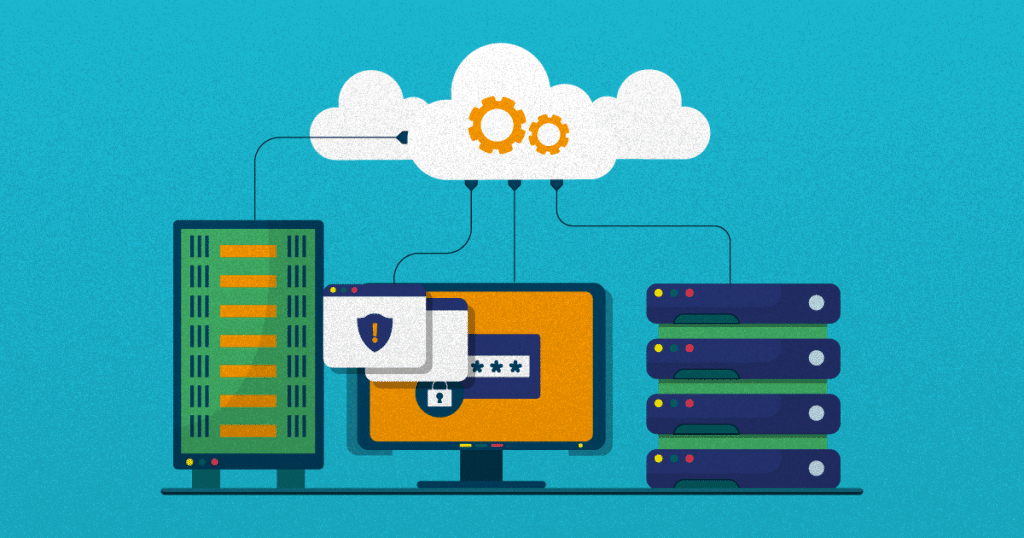
A lot of people might feel overwhelmed when it comes to building a website as this process involves more components. In order to build a fully functional website you will need the following items:
- register a domain name. Go to a registrar like GoDaddy and check for availability. This is where you will maintain your DNS records. You can register a domain for one or more years and pay for renewal when it is about to expire. A .com domain name costs about $15 a year.
- get an email address or alias associated with your domain name. The mail provider does not necessarily match with the registrar. You can for example host your mails with Google, Microsoft or your hosting provider.
- get a hosting provider in order to store your website files and install web designing software like WordPress. You can have different types of hosting:
- Shared: this is usually the cheapest because the resources are shared with many other domains on the same server. If you do not foresee a growth this is the basic type of hosting that can provide sufficient performance and resources for your site.
- Virtual Private Server (VPS): this is a virtual server (multiple VPS/domains run on the same physical server) with an amount of resorces specifically allocated for your site. You will pay based on the amount of resources like CPU/RAM/Disk which will be allocated when you purchase the VPS plan. If your business will grow then a VPS resources can be resized based on your needs. For example you can upgrade CPU/RAM/Disk from a 2 vCPU/4GB/50GB VPS to a 4 vCPU/8GB/100GB one. This of course will increase your monthly/annual fee. Consider though that a VPS is one of many running on a physical server so if your provider stuffs too many VPS on the same physical server or some VPS consume too many resources (also known as noisy neighbours) the performance of your VPS might be affected. For this reason it is good to monitor your VPS on a regular basis.
- Dedicated Server: this is a dedicated physical server (hardware) just for your website with specs (CPU/RAM/Disk) based on your needs. This means that the all the resources of the server are your. This of course comes with a higher price tag.
- PaaS: this is a cloud platform (Platform-As-A-Service) that allows to build more complex configurations like load balancers, multiple databases and web servers, in order to provide optimal performance, availability and scalability. This is recommended for medium and large sites.
Thanks for reading!
Comments are closed